Vacuum System Optimization for EAST Neutral Beam Injector
Abstract
:1. Introduction
2. Overall Design of EAST-NBI Vacuum System
2.1. Requirements for EAST-NBI Vacuum System
2.2. Layout of EAST-NBI Vacuum System
2.3. EAST-NBI System Gas Source Analysis
- The amount of gas produced by the beam collision at the beam limiter at the exit of the neutralizers = 0.058 ;
- The amount of gas produced by the ion dumps due to beam collision = 0.58 ;
- The amount of gas produced by the beam collision at the exit of the bending magnet = 0.089 ;
- The amount of gas produced by the bending-magnet pole guard plate due to beam collision = 0.275 ;
- The amount of gas produced by the beam collision at the entrance of the drift pipe = 0.022 .
2.4. Determination of EAST-NBI Vacuum System Parameters
3. Simulation Analysis of NBI Vacuum System Pumping Performance
3.1. NBI System Gas Molecule Transport Model
3.2. Simulation Parameter Setting
3.3. Simulation Results and Analysis
4. Conclusions
Author Contributions
Funding
Institutional Review Board Statement
Informed Consent Statement
Data Availability Statement
Conflicts of Interest
References
- Hu, C. Conceptual Design of Neutral Beam Injection System for East. Plasma Sci. Technol. 2012, 14, 567–572. [Google Scholar] [CrossRef]
- Simonin, A.; Blondel, C.; Chaibi, W.; Dechelle, C.; Drag, C.; Villedieu, E. Towards a maintainable and high efficiency neutral beam system for future fusion reactors. Nucl. Fusion 2021, 61, 046003. [Google Scholar] [CrossRef]
- Zhang, X.; Wang, X.; Hu, C.; Jiang, C.; Xie, Y.; Zhao, Y. The development of data acquisition and processing application system for RF ion source. Plasma Sci. Technol. 2017, 19, 075602. [Google Scholar] [CrossRef]
- Chang, D.; In, S.; Lee, K.; Jin, J.; Chang, D.; Jeong, S.; Oh, B.; Bae, Y.; Park, Y.; Yang, H.J.F. Design of neutral beam injection system for KSTAR tokamak. Fusion Eng. Des. 2011, 86, 244–252. [Google Scholar] [CrossRef]
- Hu, C.; Xie, Y.; Xie, Y.; Liu, S.; Xu, Y.; Liang, L.; Jiang, C.; Sheng, P.; Gu, Y.; Li, J.; Liu, Z. Overview of Development Status for EAST-NBI System. Plasma Sci. Technol. 2015, 17, 817–825. [Google Scholar] [CrossRef]
- Xiang, L.; Yongjian, X.; Ling, Y.; Yu, C.; Chundong, H.; Ling, T. Analysis of power distribution on beamline components at different neutralization efficiencies on NBI test stand. Plasma Sci. Technol. 2016, 18, 1215. [Google Scholar]
- Lizhen, L.; Chundong, H.; Yuanlai, X.; Qiang, G.; Yahong, X. Calculation of beam intensity distribution for the neutral beam injection in EAST. Plasma Sci. Technol. 2011, 13, 502. [Google Scholar]
- Lang, J.; Hu, C.; Xie, Y.; Tong, Y. Optimization Analysis of the Structural Design of NNBI Cryosorption Pumps. Energies 2021, 14, 3628. [Google Scholar] [CrossRef]
- Kovari, M.; Clarke, R.; Shephard, T. Compound cryopump for fusion reactors. Fusion Eng. Des. 2013, 88, 3293–3298. [Google Scholar] [CrossRef] [Green Version]
- Kim, K.; Park, H.; Kim, H.; Lee, K.; Song, N.; Kwag, S.; Chang, Y.; Cho, W.; Kim, J.; Jeong, J. Commissioning of vacuum pumping devices of the second KSTAR neutral beam injection system. Fusion Eng. Des. 2019, 146, 1786–1789. [Google Scholar] [CrossRef]
- Hirai, T.; Barabash, V.; Carrat, R.; Chappuis, P.; Durocher, A.; Escourbiac, F.; Merola, M.; Raffray, R.; Worth, L.; Boscary, J. Examinations for leak tightness of actively cooled components in ITER and fusion devices. Phys. Scr. 2017, 2017, 014045. [Google Scholar] [CrossRef]
- Tao, L.; Xie, Y.; Hu, C.; Liu, Z.; Team, N. Numerical analysis of a cooling system for high heat flux components in the neutral beam injection system. Fusion Eng. Des. 2010, 85, 2095–2099. [Google Scholar] [CrossRef]
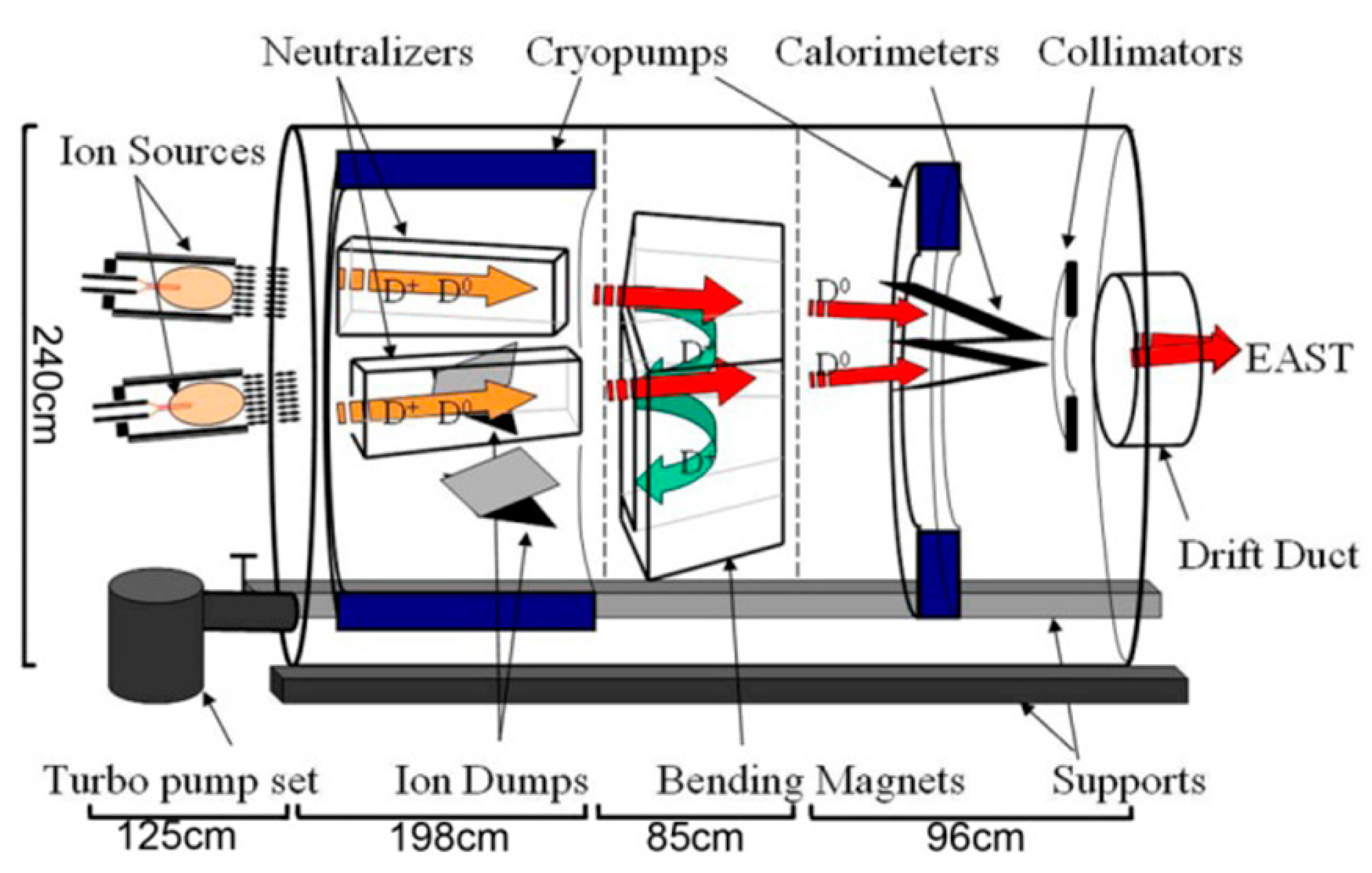



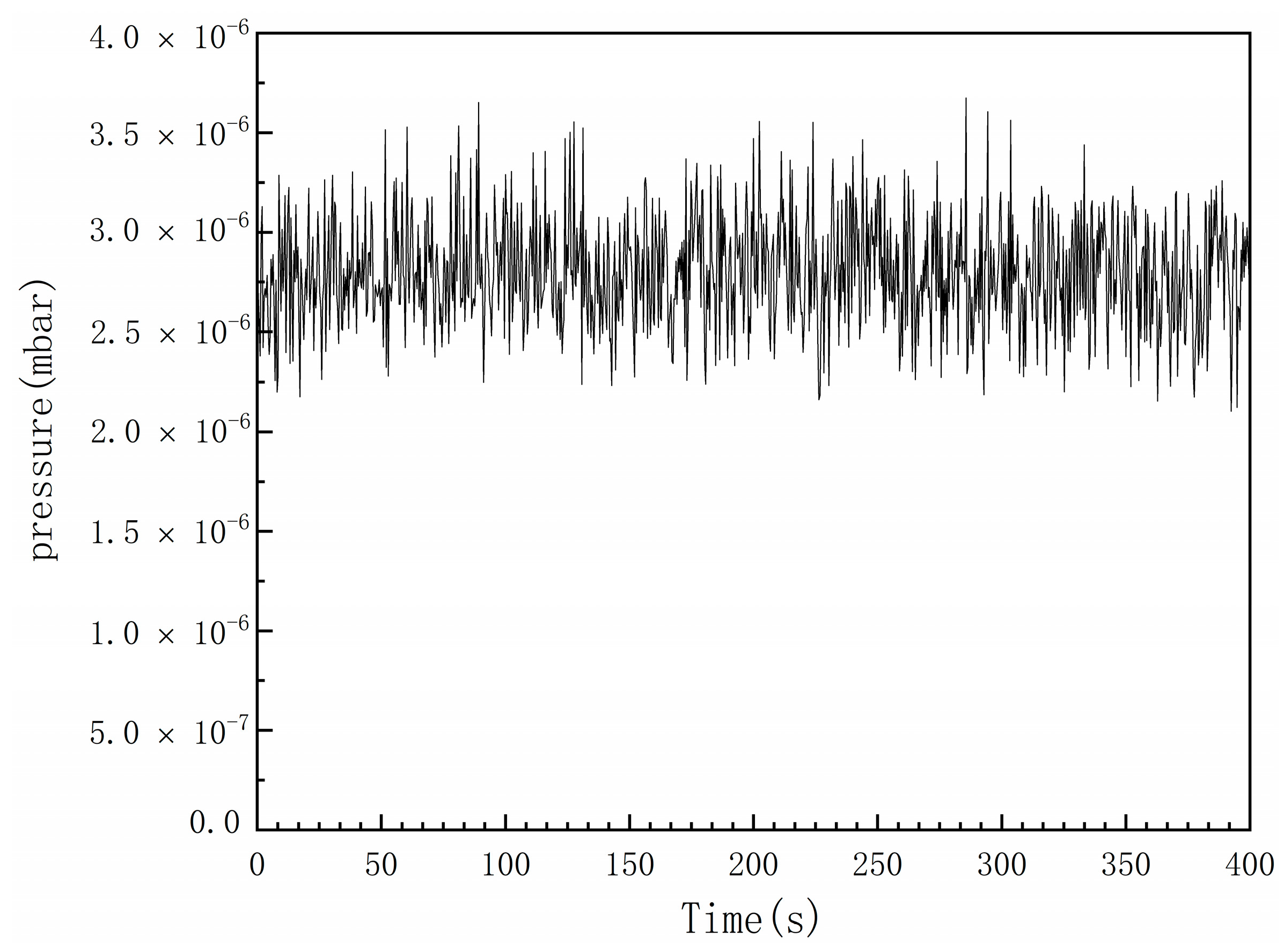
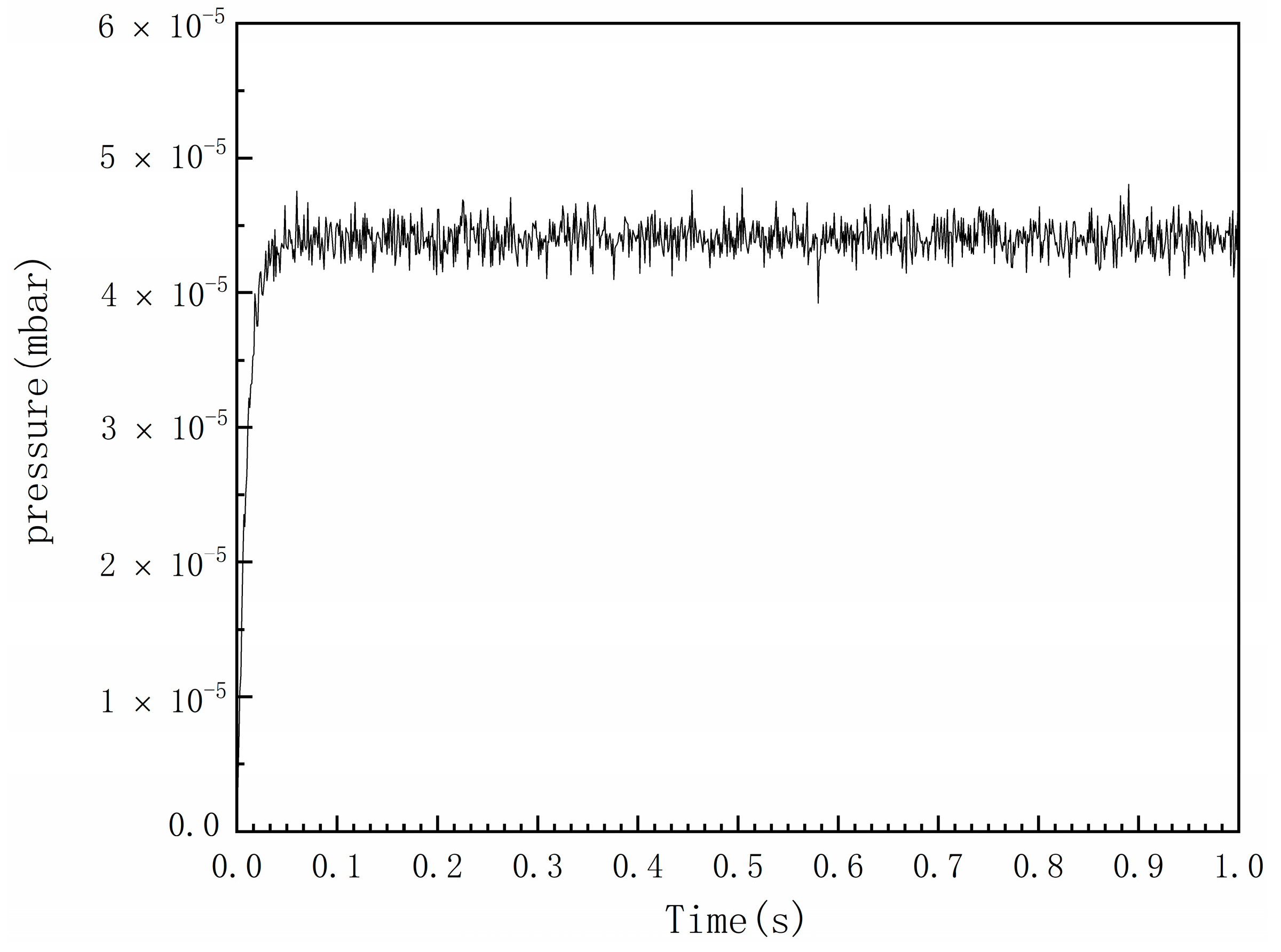

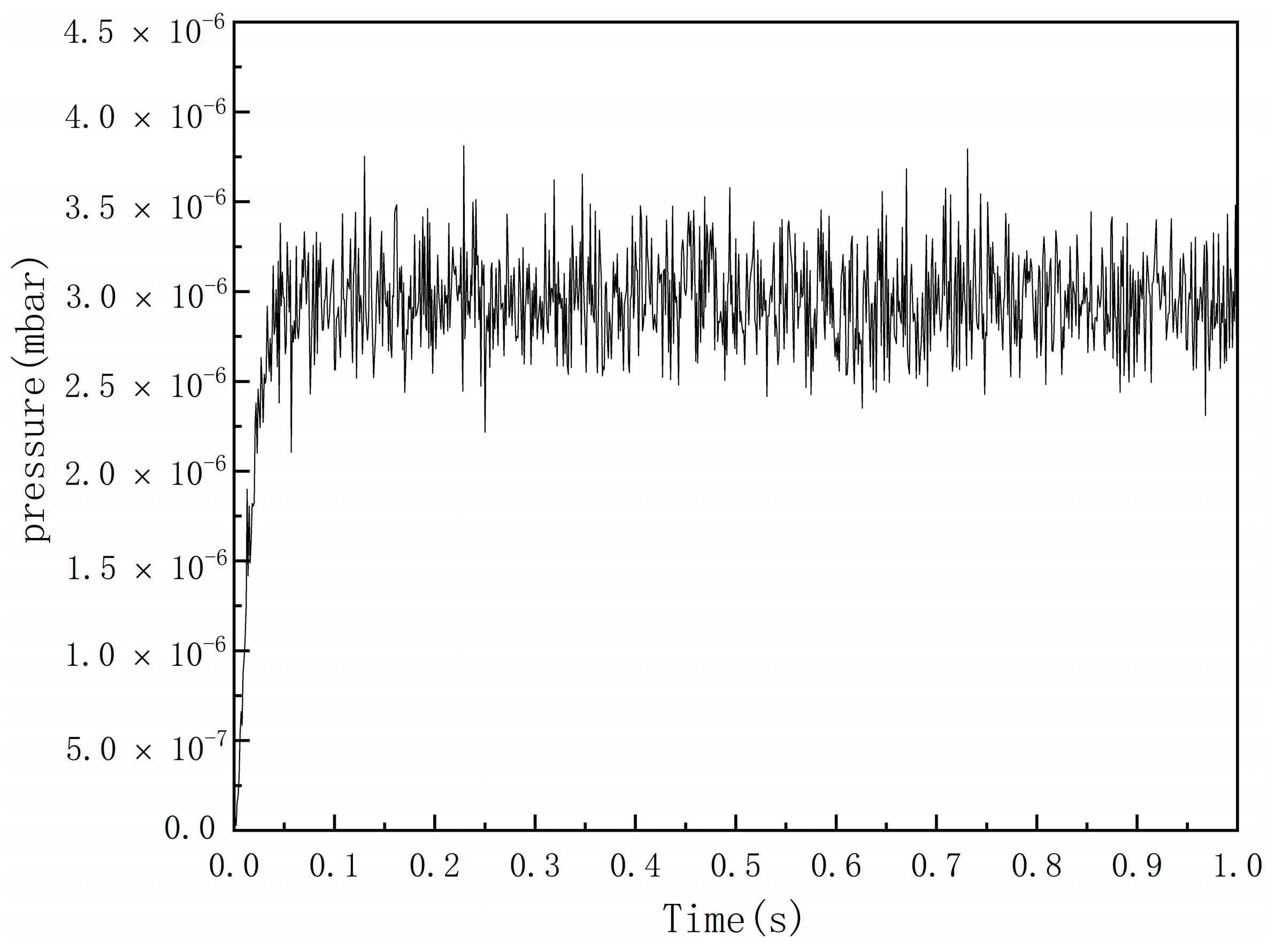
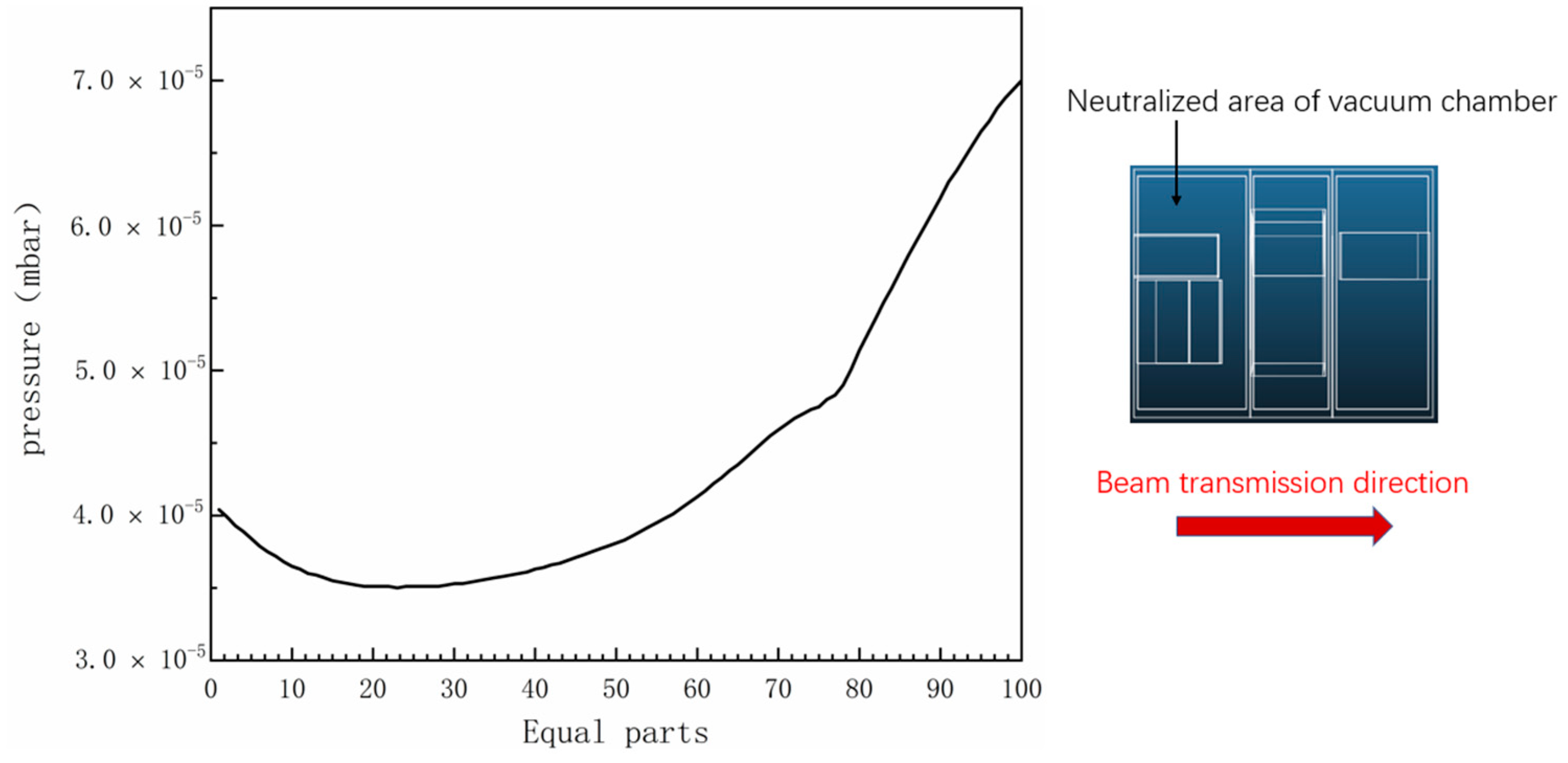
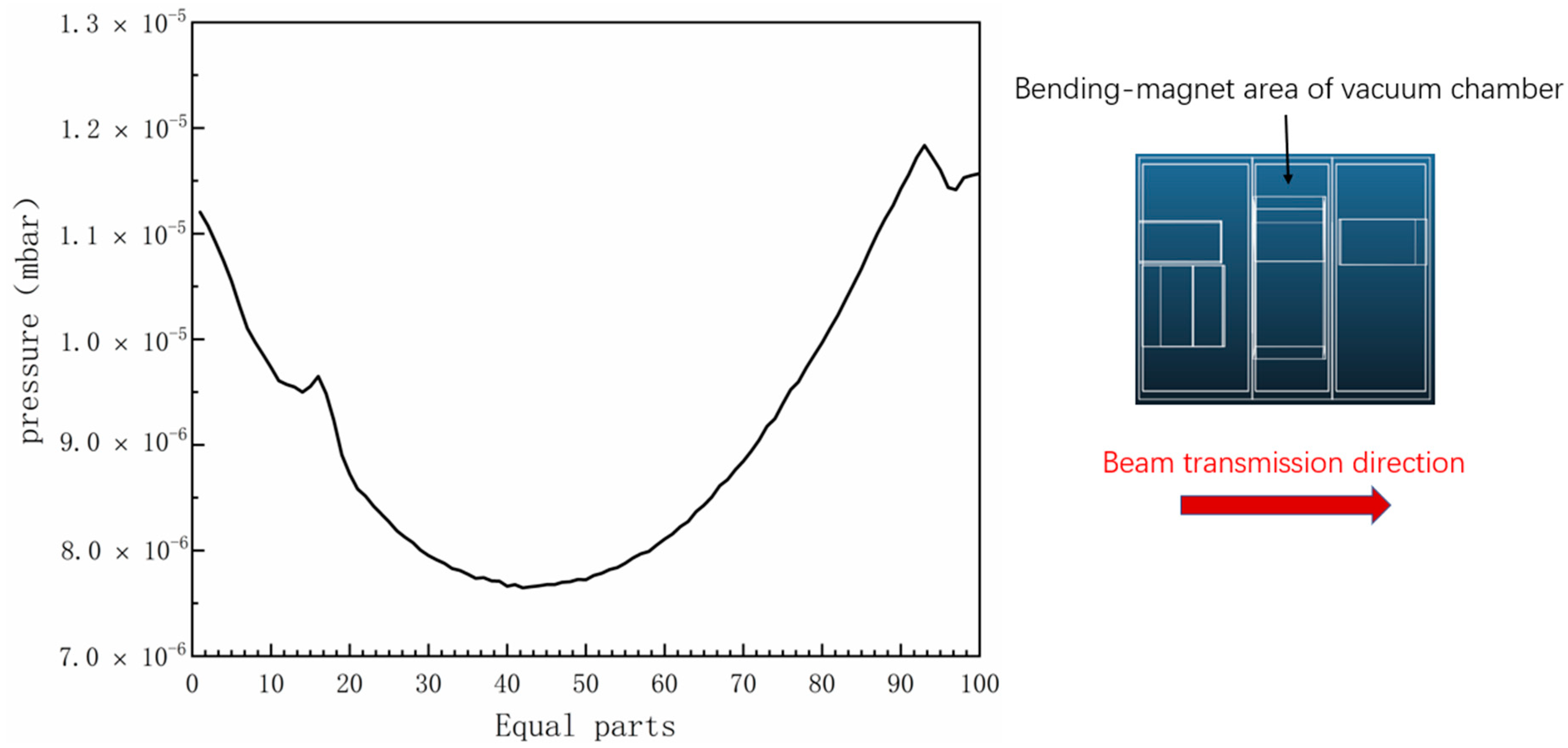


| NBI Section Name | Quantity | |
|---|---|---|
| Existing NBI | Upgraded NBI | |
| Cryogenic pump shape | Cylindrical shape | Rectangular shape |
| Vacuum chamber shape | Cylindrical shape | Rectangular shape |
| Neutralized area of the vacuum chamber | 1900 mm | 1390 mm |
| Bending magnet area of the vacuum chamber | 889 mm | 978 mm |
| Drift pipe of the vacuum chamber | 860 mm | 1120 mm |
| Parameter Name | Design Parameters | |
|---|---|---|
| Existing NBI Cryogenic Vacuum System | Upgraded NBI Cryogenic Vacuum System | |
| First gas baffle conductance | ||
| Second gas baffle flow conductance | ||
| Neutralized area gas flow | ||
| Bending-magnet area gas flow | ||
| Drift-pipe area gas flow | ||
| Low-temperature condensation surface area of neutralized area | ||
| Low-temperature condensation surface area of bending-magnet area | ||
| Low-temperature condensation surface area of drift-pipe area | ||
| Pumping speed in neutralized area for D2 | ||
| Pumping speed in bending-magnet area for D2 | ||
| Pumping speed in drift-pipe area for D2 | ||
| Ultimate vacuum | ||
Publisher’s Note: MDPI stays neutral with regard to jurisdictional claims in published maps and institutional affiliations. |
© 2021 by the authors. Licensee MDPI, Basel, Switzerland. This article is an open access article distributed under the terms and conditions of the Creative Commons Attribution (CC BY) license (https://creativecommons.org/licenses/by/4.0/).
Share and Cite
Wang, G.; Zhang, S.; Chen, C.; Tang, N.; Lang, J.; Xie, Y. Vacuum System Optimization for EAST Neutral Beam Injector. Energies 2022, 15, 264. https://doi.org/10.3390/en15010264
Wang G, Zhang S, Chen C, Tang N, Lang J, Xie Y. Vacuum System Optimization for EAST Neutral Beam Injector. Energies. 2022; 15(1):264. https://doi.org/10.3390/en15010264
Chicago/Turabian StyleWang, Guodong, Si Zhang, Changqi Chen, Ning Tang, Jiaqi Lang, and Yuanlai Xie. 2022. "Vacuum System Optimization for EAST Neutral Beam Injector" Energies 15, no. 1: 264. https://doi.org/10.3390/en15010264






